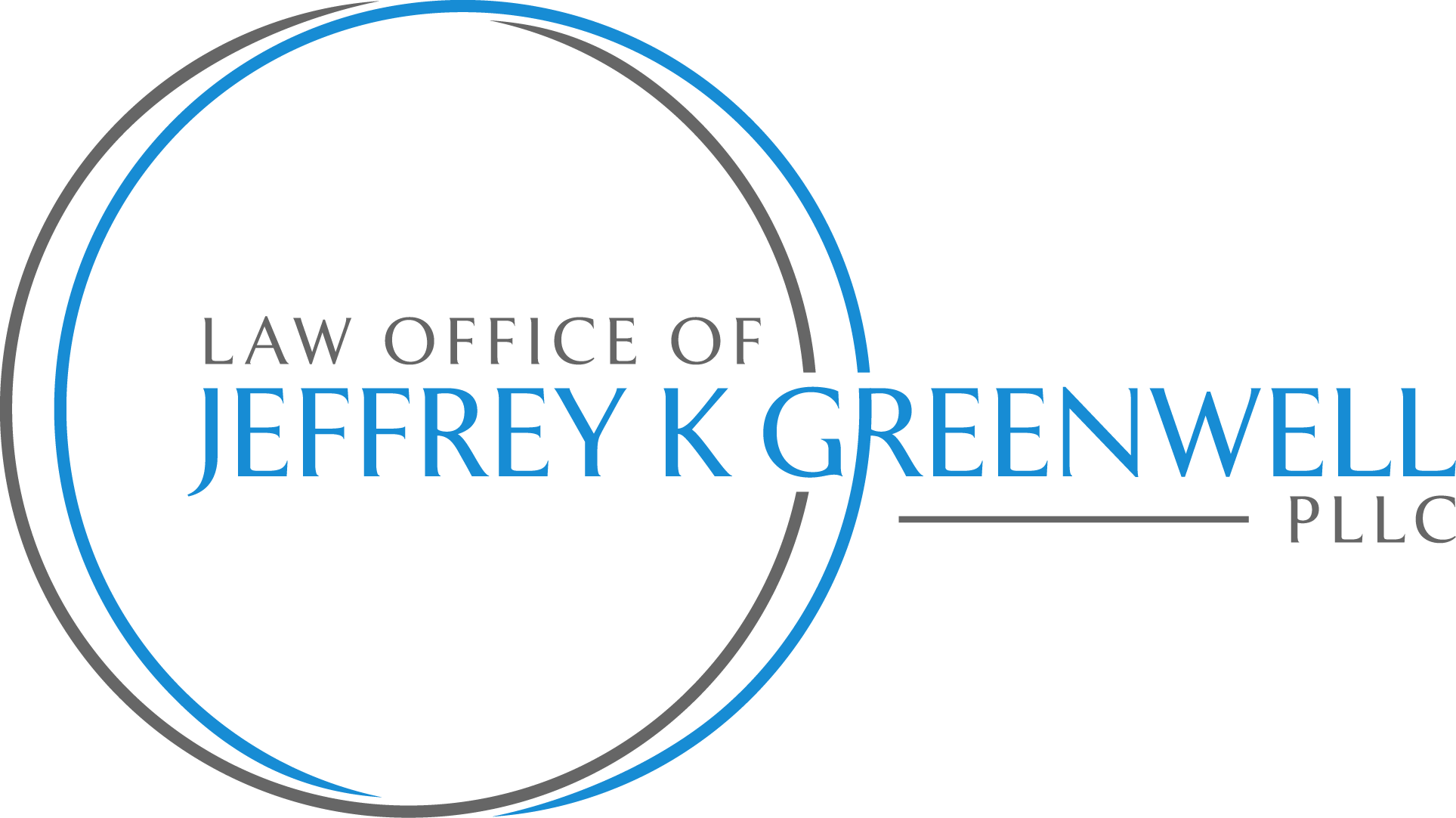If you buying something on time and want to keep it, you often can do so for less money IF you bought it more than a year ago.
Background:
- A creditor which has rights to collateral is called a “secured creditor.” Your obligation to pay what you owe to this creditor is secured by rights it has to take possession and ownership of the collateral if you don’t make your payments on the debt.
- In bankruptcy, secured creditors have a lot more leverage against you because of the collateral than do creditors without any collateral—“unsecured creditors.”
- If you want to keep the collateral, Chapter 7 is sometimes is your best choice, but in many circumstances Chapter 13 can give you more options.
- Secured debts in which the collateral is your home or your vehicle are governed by special rules because of how important those kinds of collateral are to most people. See my blogs of last week and earlier about some of these special rules.
- But you will not find many blogs talking about secured debts where the collateral is something other than your home or vehicle. The main secured debts of this type are probably furniture and appliance purchases, money loans secured by your own personal assets, and business loans secured by business and/or personal assets.
Cramdown:
- This tool applies only to Chapter 13—it can’t be done in Chapter 7.
- If the collateral securing a secured debt is worth less than the balance on that debt, then you may be able to divide that debt into two parts: the secured part—the amount of the debt up to the value of the collateral, and the unsecured part—the rest of the debt beyond the value of the collateral. An example will make that clear. Let’s say you owed $1,000 on a refrigerator, in which the purchase contract gave the creditor the right to repossess that refrigerator if you didn’t make the agreed payments. If the present value of that refrigerator is $600, then the secured portion of that debt would be $600, and the remaining $400 of that debt would the unsecured portion.
- In a Chapter 13 “cramdown” you pay not the total debt, but only the secured part of the debt. You pay the unsecured part of the debt only at the percentage that all the rest of your regular unsecured creditors are paid. That is usually less than 100% and can sometimes be a low as 0%. In the above example, the $1,000 total refrigerator debt is crammed down to $600, and the remaining $400 part of the debt is lumped in with the rest of your unsecured creditors. So if in your Chapter 13 plan your unsecured creditors are receiving 0%, then you would pay only the $600 secured portion, the remaining unsecured portion would get nothing and would be discharged (written off) at the end of your Chapter 13 case. Or if your unsecured creditors are receiving 50%, then you would pay $200 of that unsecured portion of $400, and the rest would be discharged at the end of your case. Note that you would still pay interest, but only on the secured portion instead of on the entire balance.
THE cramdown rule with collateral other than your home or vehicle:
- “[I]f the debt was incurred during the 1-year period preceding [the bankruptcy] filing” then you cannot do a cramdown on collateral that is neither your home nor your vehicle. See the last sentence of Section 1325(a) of the Bankruptcy Code (tucked in right after subsection (a)(9)). This means that if the debt is any older than 1 year, you CAN do a cramdown.
So, if you have a debt, more than 1 year old, secured by something other than your home or vehicle(s), in which the collateral is worth less than the debt, you can cram down the debt to the value of the collateral. If so, then because this can only be done under Chapter 13, that would be one factor in favor of filing under Chapter 13 instead of Chapter 7. Talk to your attorney to see if this applies to you, and to find out all the other Chapter 7 vs. Chapter 13 factors to weigh in your situation.

